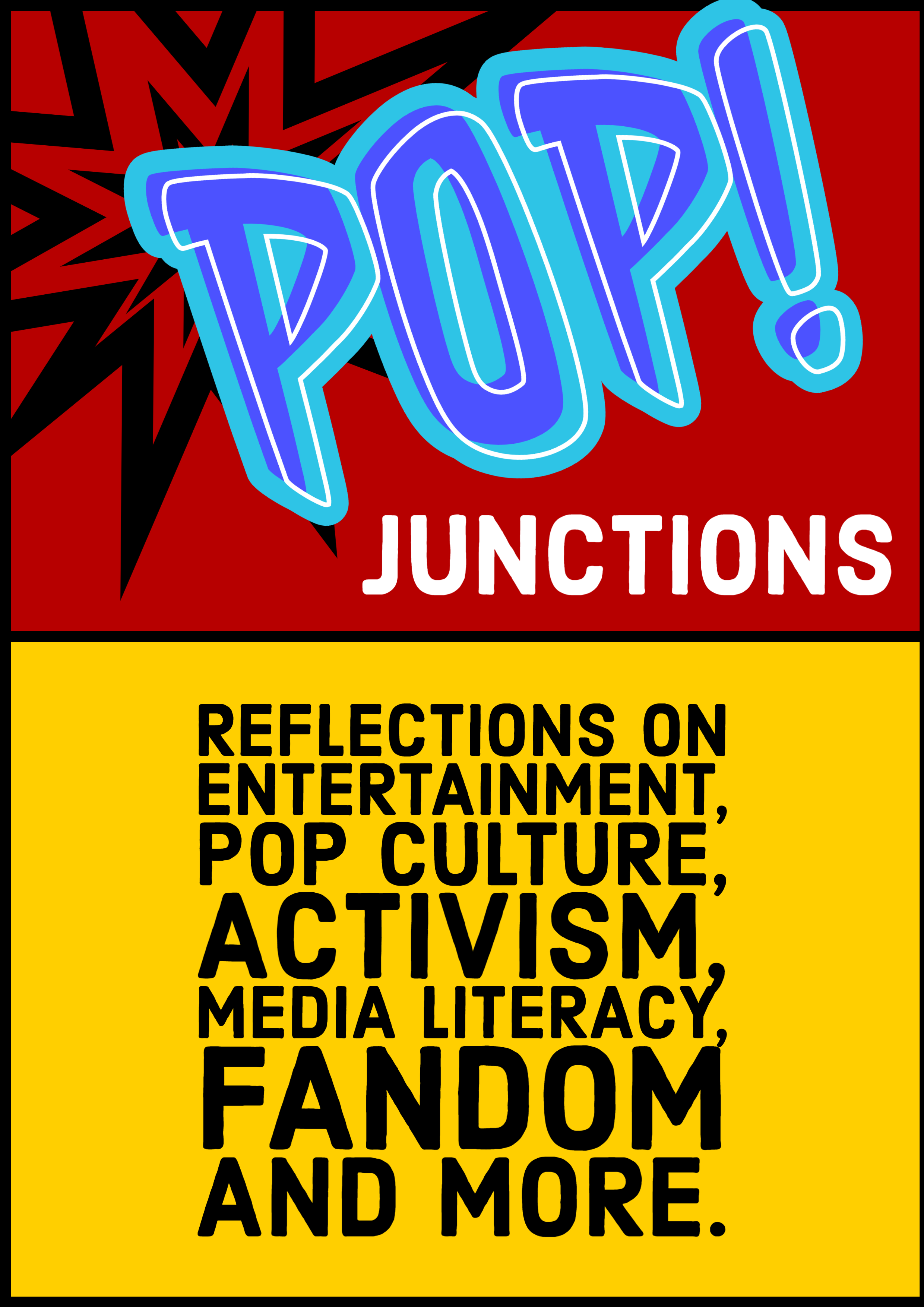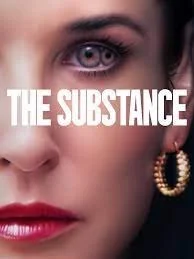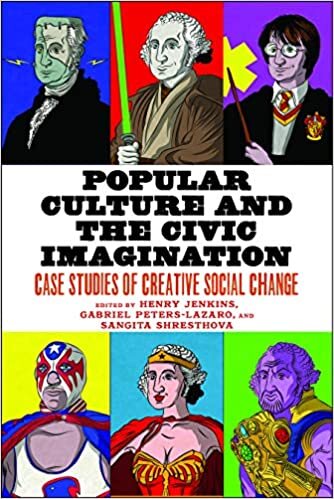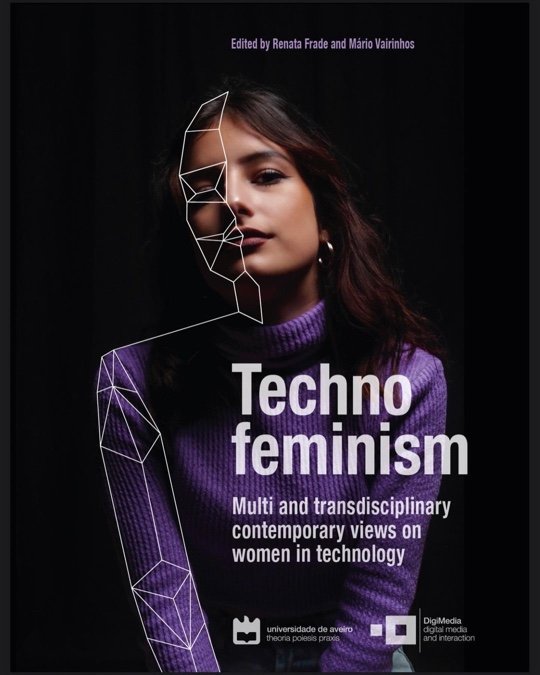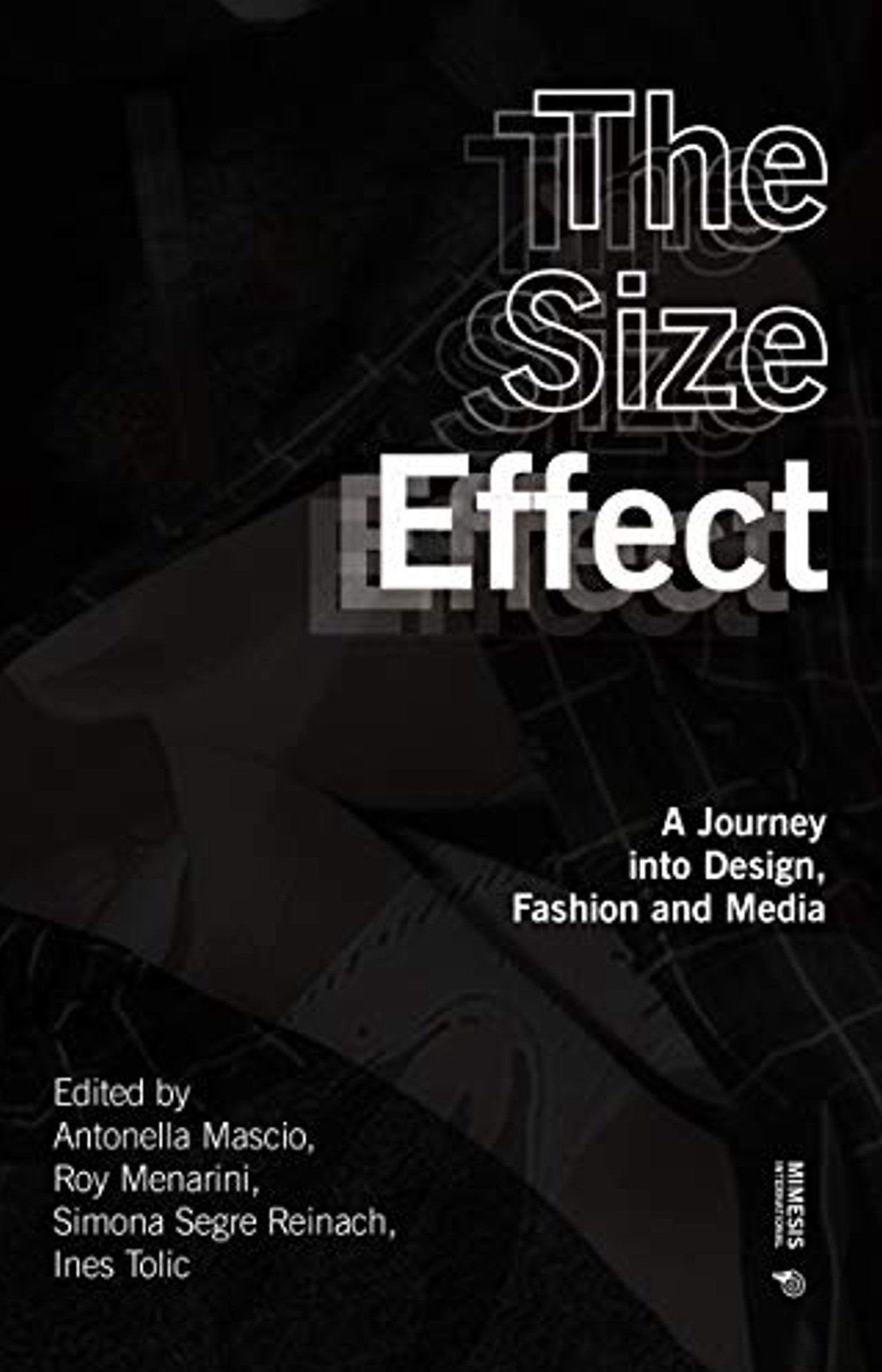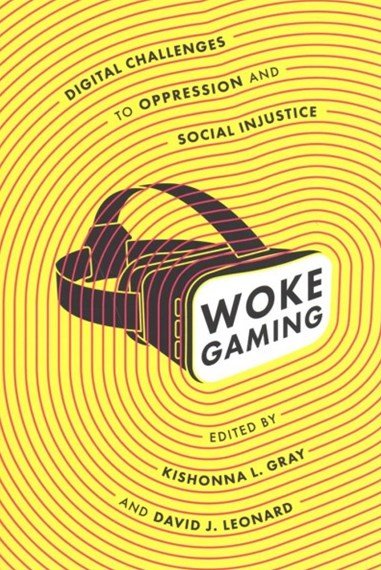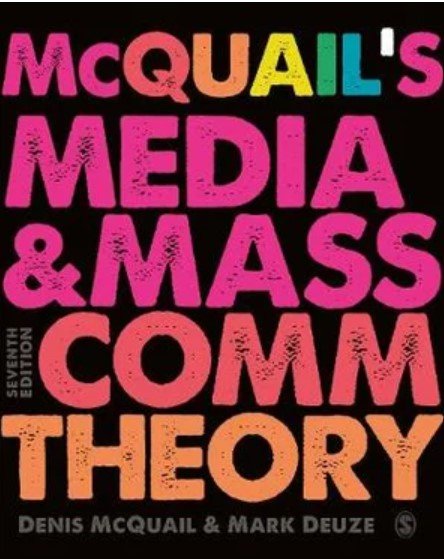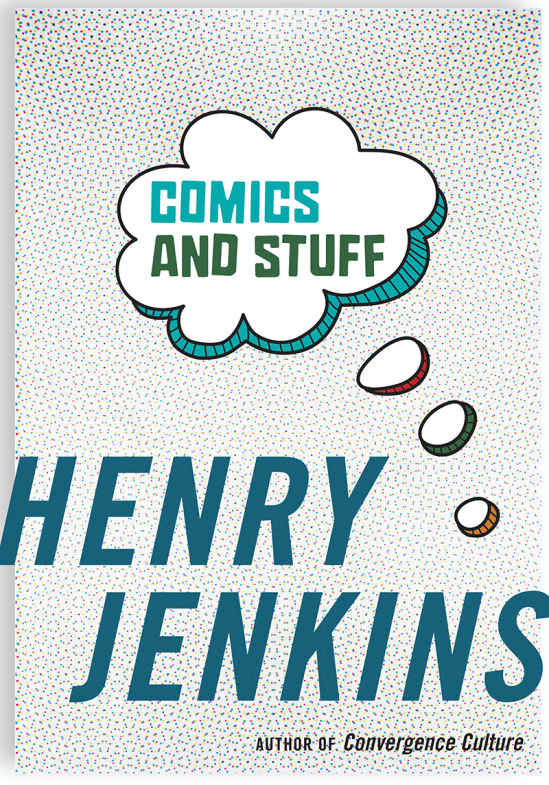Should We Buy a Gun? Henry Jenkins Interviews Dave Cowen
/Guns and gun violence has become one of the great polarizing issues in American politics. I grew up in a household where gun possession was the norm. My father housed his rifle cabinet – locked – in my childhood bedroom. I have chosen not to own guns, but I was trained how to use them safely because I was around them for most of my youth. I passed a gun safety course organized by the National Rifle Association (NRA) – in its more rational era – through my local scout troop. My brother, I am pretty sure, still owns guns. One of my nephews has worked for Dick’s Sporting Goods as one of their experts on guns. I know that I do not have much to fear from people who know how to use guns safely and recreationally. Even my mother was a crack shot though mostly firing at tin cans rather than any living being. As such, my own positions about guns are more complicated than many of my more progressive friends who lack this intimate exposure.
During the years I was focused on the issue of whether representations of violence in video games could contribute to real world violence, following on from various school shootings, I tried to resist the temptation of pitting the first amendment against the fourth. I do believe the deregulation of certain classes of weapons – particularly semi-automatic guns which were once restricted under the Brady Bill – have contributed to the increase of large-scale public shootings because they allow the gunmen to get off so many shots before they need to stop and reload. But advocating for the reinstatement of those restrictions, for example, is not the same thing as wanting to “take people’s guns away” – not that any progressive I know advocates that on the wholescale basis that gun advocates fear. What worries me about the current NRA is not that they support the right to bear arms but that they are urging people to carry weapons, often concealed weapons, into situations (churches or schools for example) where they make no sense. Marching around waving guns just to show that you can is a degree of militancy that my father or the NRA members that came to my scout troop would not have supported, because their focus was on gun safety, not guns everywhere all the time.
All these experiences came to mind as I recently read a graphic novel, Should We Buy a Gun? (2025), sent to me recently by its author, Dave Cowen, who uses the comic medium to explore a variety of perspectives on the issues raised by the book’s title. It centers on a progressive couple who starts to have doubts about any opposition to gun ownership when they become victims of a random street crime, which shakes their fundamental sense of security. Through engagement with a broad range of perspectives from friends, family, and coworkers, the characters learn that the question is far more complex than any simple position – right or left, pro or anti – can account for.
The book doesn’t give us any answers; it is simply skiing questions, but my bet is that you will leave it less certain of your own stance than you were before reading it. This is why I find myself rehearsing and litigating my own trajectory through the debates.
page from Should we buy a gun?
Cowen counts himself as a progressive; he has chosen to work with an artist Gabriel Wexler, who considers himself more conservative. And this partnership also reflects their desire to produce a tool designed to cut through political polarization and model how we might find common ground around this topic. Cowen has been going out, literally, into the town square to promote his book and engage with passersby to get a sense of where they stand on these issues. Given my own commitments to working past political divides, I salute these efforts and want to use this blog to call attention to the important work he is doing.
What follows is an interview, conducted via email, with Cowen (and Wexler inserting himself at one point to make a comment).
Henry Jenkins: During the campaign, Kamala Harris sparked controversy when she, as a progressive Black woman, owned agun. Why has gun ownership become such a dividing line between right and left in America?
Dave Cowen: I think the Kamala Harris moment in 2024 was revealing because it showed that the dividing line is more negotiable than we tend to believe. After she said that on Oprah, a journalist from The Wall Street Journal, Cameron McWhirter, reached out to me after reading a draft of this book, for a story he was doing about liberals buying guns. I referred him to Tom Nguyen and The LA Progressive Shooters where I did some training. There’s a growing conversation on the left about guns, not just for personal safety, but also as a response to the perceived rise of authoritarianism on the right. Historically people on the left believe the consequences of right-wing gun ownership policies is the potential for traumatic harm. For instance, Deirdre Suguichi, who also read the book (and we’re slated to be doing something like this together), she wrote in an essay for Literary Hub: “That the number of mass killings – in airports, military facilities, houses of worship, workplaces, music venues, and schools – has skyrocketed since 2005, when the Republican-led Congress, under George W. Bush, lifted the national ban on assault weapons.” So I thinkliberals view it as a dividing line because they can’t see how conservatives would rather live in a society that is much more dangerous to innocents. Whereas I think conservatives can’t see how liberals would rather live in a society that is not much more protected against enemies. Harris was celebrated by Kris Brown of The Brady Campaign for her nuanced stance to both re-ban assault rifles but also promote responsible gun ownership. Meanwhile, gun rights advocate C.D. Michel called her a hypocrite, saying, “She sees the social utility of firearms for her. But she doesn’t want anyone else to have access to the most effective tools to defend themselves or their families.” To me, the dividing line is more of an inherent paradox for Americans to negotiate, which is something like: how do we balance unlimited danger to innocents vs unlimited protection against enemies?
page from Should we buy a gun?
HJ: What factors have pushed both conservatives and progressives to more extreme and entrenched positions on these issues?
DC: I’m not a sociologist like Dr. Jennifer Carlson or an anthropologist like Ieva Jusionyte (who blurbed the book), but from my layman’s perspective I think geographic and algorithmic sorting pushes both conservatives and progressives to extremes. A staunch conservative can easily move to a red county of Florida and spend their time on X. A purist liberal can easily remove themself to BlueSky and never leave Portland. So your ideology and sense for what is normal or right is affected by these silos. As someone who was once pushed extremely and into demonizingthe other side, I ironically found you can also very easily expose yourself via curious movement both in the real and digital world to other perspectives. These very same mechanisms that pushed us apart can also be what can help bring us back together. That’s been my personal experience at least.
HJ: What does each side misunderstand about the other and their perspective?
DC: I think the main thing each side misunderstands about the other is how much they misunderstand the other. I thinkespecially with the digital world’s flattening of identity, where – and I’m guilty of this – making assumptions about someone based on their social media bio or posts. People can very often prejudge someone’s perspective. And this goes the same for bias against someone’s surface physical appearances or identity markers. But truly meeting a person who is different from you – which is everyone in some way – I find that it’s quite easy to find commonalities and understandmost everyone’s perspective. If you look at the etymology of that word understand it comes from “to stand” and yes “under” but that meant “between or among.” So, I think right there you see that you might not understand someonefrom your mind’s projections, it takes real presence, with someone, physically or not, to not misunderstand.
page from Should we buy a gun?
HJ: Can you talk a bit about the character design in the book? What steps did you take to avoid reducing these characters to stereotypes and those characterizing their positions?
DC: That’s a great question. And I’m not sure I succeeded! I think some character design things I tried to do was make exceptions to the stereotypes part of the rule of the character design. For instance, an elder Indian-American mentor editor at NPR is probably unlikely to own a gun as a stereotype, but, here she is. Or a queer interracial couple isn’tusually thought of as having strong Christian values, but, here they are. Which, if you live in Los Angeles like we do, you often find that there is tremendous diversity within diversity, so any of those examples aren’t that rare. I think the toughest character design was the teenage student, David. He was originally named John White and was a White person, because potential school shooters are statistically more likely to be young White men. However, later in the drafting process, I decided to change his race to a mix of Latino and White. His father was already absent in the narrative, but his mother stayed White. I also changed his name from John to David. Which is my given name. His last name changed to something Latino, in this case, Gomez. Why the change? Well, not to ruin the story, but thischaracter has a redemption arc. So I didn’t want people to think that only a young White male could be redeemed in this way. I really wanted – and I think this change came after the shooting in Uvalde (which was by someone with Latino background) – people to identify this redemption arc with any young man. And the given name change to David promoted semi-autobiographical identification, which essentially says: reader, you or me or someone we love could become wayward.
Another difficult choice was, do I rewrite his dialogue, his characterization, his plot based on this change to hisheritage? I talked to a friend who is of Latino background, and he advised that he thought it would be even better to not change any of it, besides the literal color of the character, because changing him to fit some stereotype of what I thought might be different would be paradoxically stereotypical itself. So I think this is a long way of saying that every character design choice was extremely thought through, but I’m aware that probably anyone could take issue with any of them, but that’s ok!
HJ: I often felt as if the writer and readers were growing along with the characters as they worked throughsome of the contradictions in their position. What was your thinking about the journey these characters are taking?
DC: Thanks for noticing that! I would say that was definitely true of the writer, and I hope with the readers. The way the book was made over 11 years – 7 as a screenplay and 4 as a graphic novel – was extremely evolutionary. It can’t be overstated how much it evolved as a written script and then again as a graphic novel. The story went from a silly action comedy to a very pacifist progressive polemic, and that was before it was even re-imagined as an open graphic novel.Within the making of the graphic novel, there was a whole illustrated draft that no one will see – and Gabriel can attest (sometimes to his frustration, LOL) – that the graphic novel kept changing based on how I continued to work through the contradictions in my own position, up until it was finally published January 20, 2025. At a certain point it became clear the goal wasn’t for me to find a position, but to provide a way for readers to work through the contradictions in their position – or even to be open again to not having a position, which is kind of a hard sell to make. But I think there is tremendous utility in a book that guides you to not know how you think about something again, before perhaps you can know anew.
HJ: How did you come to write a comic book addressing this divide? What do you hope will happen as readers of diverse ideological backgrounds engage with this book?
DC: This book is personal in that the couple was inspired by a relationship in my life that ended due to irreconcilable differences. Those differences were bigger than this issue, but my hope is anyone who’s in a relationship with differences can find something helpful here. I’ve been out selling the book on the street and meeting others to engagewith it. Several people have confided to me they are in relationships that could benefit from this book. As we reach a potential breaking point in society, I’m happy (and privileged) to be in a niche role of promoting not Right reformation or Left resistance but personal reconnection and societal reconciliation.
HJ: Tell us about the partnership which produced this book. The writer is liberal, the artist conservative. How did this impact the finished work?
DC: We met via my godson being pre-school friends with his son and I liked him and his work. I didn’t know his politics. Our partnership is also interesting because Gabriel is work-for-hire. It’s somewhat hierarchical in the sense that I’m the publisher and writer (and financier). He’s the illustrator who is executing, paid per page. It’s not a partnership where he might say I wouldn’t draw that because that’s not what I think it should be. But then again, I don’t think Gabriel is like that as a person at this point in his life. And I was also at a point in my life where I wasn’t likethat in my maturity. So, the impact is somewhat intangible and it was in the many phone conversations around the work at hand. It was the casual texts of a link to a podcast from him. Or the gift of a book from me to him. Honestly, it’s hard to even use right/left labels sometimes. I know he’s illustrated for a very conservative publication. But he might also say the left itself has moved since he once considered himself. I think the beauty of the partnership and the book is that it dissolves labels. Yes, it might start with that as a sales pitch, and the characterizations, but the goal is to transcend the polarizations. I think we were able to do that for ourselves and hopefully others.
Gabriel Wexler: This is the only question I feel qualified to weigh in on. The simple answer to this is that I was working for Dave, and I don’t think it’s the artist’s job to shape the narrative or let his opinions affect the work. If I had deep ideological differences with the book, I wouldn’t have said yes to illustrating it. Dave entered this with morequestions than answers, which is a humble and honest way to make art. Really, it’s the only way. Of course, you can write a lecture but it won’t make for very fun reading.
HJ: Do you have a sense of how people have used your book to help spark discussions around these issues?
DC: I think we are in the very early stages of that, which is why I feel very fortunate to connect with an authority like yourself. No pressure (LOL) but I would love to be invited to my alma mater USC where you teach to use the book to spark discussions. Maybe we can figure out a next step, Henry ;) But more than anything specific like that, I hope, generally (and to use your kind of terminology), that this book becomes part of our civic imagination, not just about guns, but about how the collective can more civilly relate to each other, so we have a better world.
Biographies
Dave Cowen has written for The New Yorker, McSweeney's, Points In Case, among many, and his work has been featured in The New York Times and on NPR. His graphic novel debut SHOULD WE BUY A GUN? unites a provocative, heartfelt story with simple, enchanting art. Written by a politically left author and illustrated by a politically right artist, it aims to help heal our polarized divide. Cowen has also published six comedy Haggadahs, parodies on Trump, Seinfeld, Biden-Harris, Curb Your Enthusiasm, Kanye West, and Mel Brooks. His other books include an experimental stream-of-consciousness memoir THIS BOOK IS THE LONGEST SENTENCE EVER WRITTEN AND THEN PUBLISHED. The satire FAKE HISTORY! And a remix of memes SPIRITUAL INSTAGRAM. He also has a Substack, Shuffle Synchronicities, which teaches how something greater communicates with us through the music we love. A second Substack, SerioComics, are enthusiasms for graphic literature that is serious and comic as he debuts his.
Gabriel Wexler has made storyboards for film and TV, drawn for newspapers and magazines, taught art at schools, and illustrated a book for young adults.
Henry Jenkins is the Provost Professor of Communication, Journalism, Cinematic Arts and Education at the University of Southern California. He arrived at USC in Fall 2009 after spending more than a decade as the Director of the MIT Comparative Media Studies Program and the Peter de Florez Professor of Humanities. He is the author and/or editor of twenty books on various aspects of media and popular culture, including Textual Poachers: Television Fans and Participatory Culture, Hop on Pop: The Politics and Pleasures of Popular Culture, From Barbie to Mortal Kombat: Gender and Computer Games, Convergence Culture: Where Old and New Media Collide, Spreadable Media: Creating Meaning and Value in a Networked Culture, and By Any Media Necessary: The New Youth Activism. His most recent books are Participatory Culture: Interviews (based on material originally published on this blog), Popular Culture and the Civic Imagination: Case Studies of Creative Social Change, and Comics and Stuff. He is currently writing a book on changes in children’s culture and media during the post-World War II era. He has written for Technology Review, Computer Games, Salon, and The Huffington Post.





